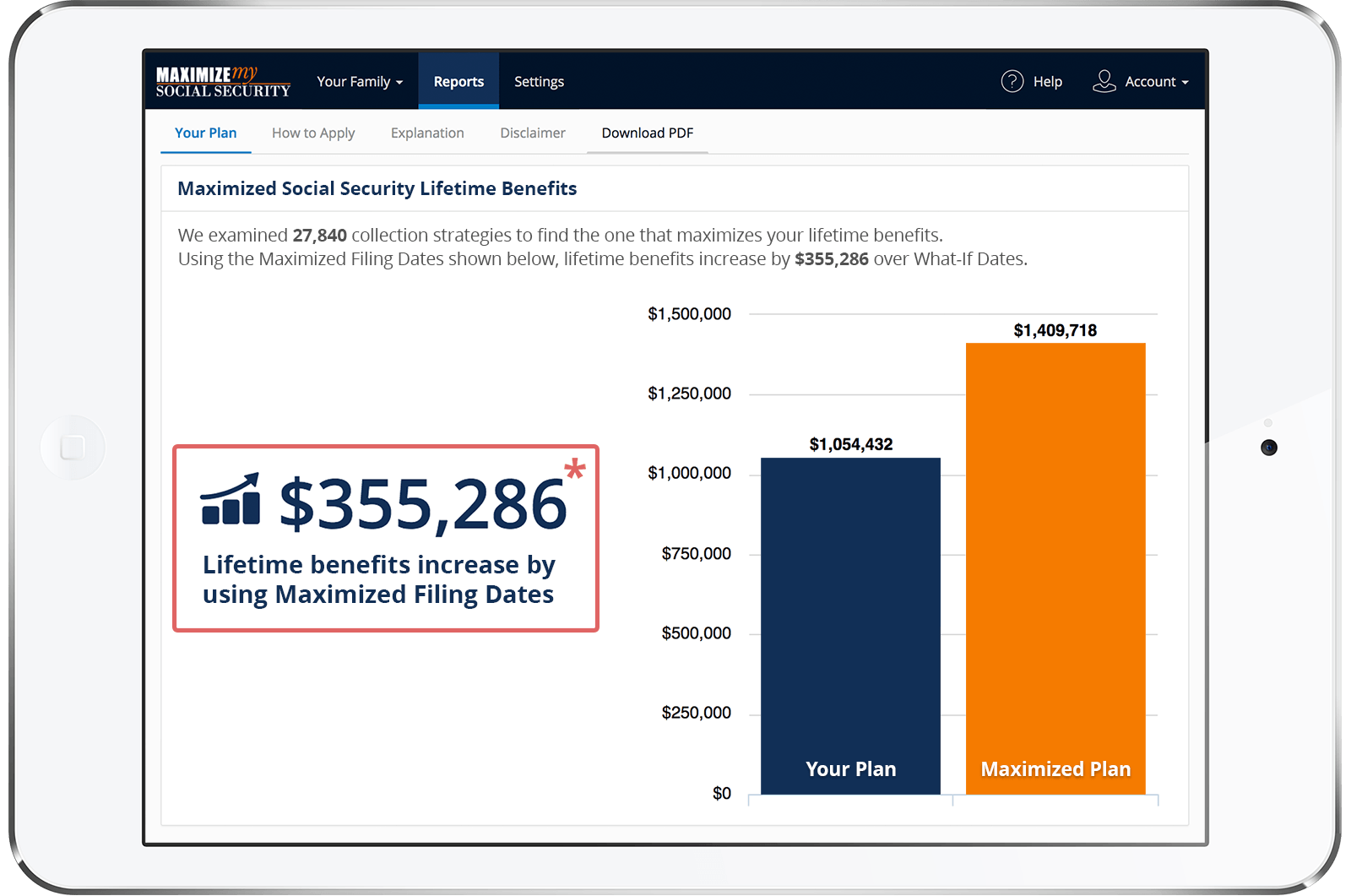My spouse took his SS benefit at his full retirement age. If I decide to take SS benefit at age 63 (34 months early) and increase my benefit by opting for a spousal benefit instead I realize I'll be receiving a reduced benefit. My question is... If my spouse then dies before I reach my full retirement age will my survivor benefit be reduced automatically because I've opted for a spousal benefit instead of my own or do I have the option to remain on my spousal benefit amount and delay survivor benefit until I reach full retirement age? Also, if I take a spousal benefit early as outlined above and my spouse dies after I've reached full retirement age will I receive his full benefit or be penalized because I took spousal benefit early?
Thank you I realize this is a complicated question.
Hi,
If your spouse dies, you wouldn't have the option to continue receiving spousal benefits as opposed to survivor benefits. However, assuming that you have enough credits to qualify for your own Social Security retirement benefits you could continue to draw those benefits and wait until later to file for survivor benefits. But, if you don't have enough work credits to qualify for Social Security retirement benefits and if you're collecting reduced spousal benefits when your spouse dies, your spousal benefits will be automatically converted to survivor benefits effective with the month of death. And, if that's prior to your full retirement age (FRA), your survivor rate would be reduced for age.
If you do have enough credits to qualify for Social Security retirement benefits, then you can't file for spousal benefits without also being required to file for your own benefits at the same time. Only people born prior to January 2 1954 were allowed to do that. So, whenever you file for benefits you'll be deemed to be filing for both your own benefits and spousal benefits, and you can only be paid essentially the higher of the two benefit rates. And, you rate will be reduced for age if you start drawing prior to FRA.
For example, say Amy files for benefits this year at age 63. Amy's primary insurance amount (PIA), or full retirement age rate, would be $800, but Amy's rate is reduced for age to $620. Amy's husband is collecting his benefits, and he receives his full PIA of $2000. Amy would then be eligible for an excess spousal benefit, because half of her husband's PIA is more than her own PIA. Amy's unreduced excess spousal rate would be equal to the difference between her own PIA and 50% of her husband's PIA, or $200. However, since Amy is claiming benefits at age 63 her excess spousal rate would be reduced for age to $145. Therefore, Amy's combined benefit rate would be $765 (i.e. $620 + $145)
Continuing our example, let's say Amy's husband dies when she's age 64. Amy could then choose to either a) continue drawing just her own benefits of $620 and wait until FRA to claim an unreduced survivor benefit, or b) choose to convert her excess spousal benefit to an excess survivor benefit. If Amy chooses option 'a', her excess survivor benefit rate would be calculated by subtracting her reduced rate of $620 from her husband's full rate of $2000, which would amount to $1380. Amy would then be paid a combined amount equal to the sum of both benefits, or $2000. However, if Amy chooses option 'b', her survivor rate would be calculated by subtracting her own reduced rate of $620 from her age 64 survivor rate of $1800. She'd then be paid both her own reduced rate plus the reduced excess survivor rate of $1180 to give her a combined rate of $1800.
If Amy in our above example wasn't insured for benefits based on her own record and was only drawing a reduced spousal benefit when her husband died, she wouldn't have any options. Her spousal benefits would simply convert to a reduced age 64 survivor benefit, which would amount to $1800 in Amy's case. However, if Amy's husband had died after she reached FRA, she'd have received her unreduced survivor rate of $2000.
You may want to strongly consider using our software (https://maximizemysocialsecurity.com/purchase) to fully analyze the options available to you in order to determine your best strategy for maximizing benefits.
Best, Jerry
